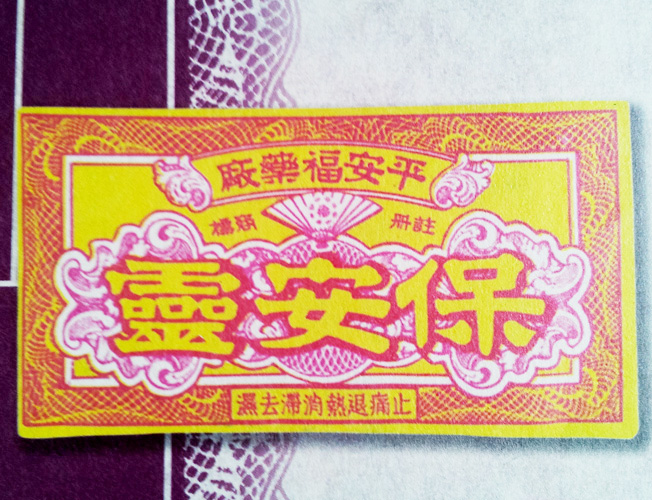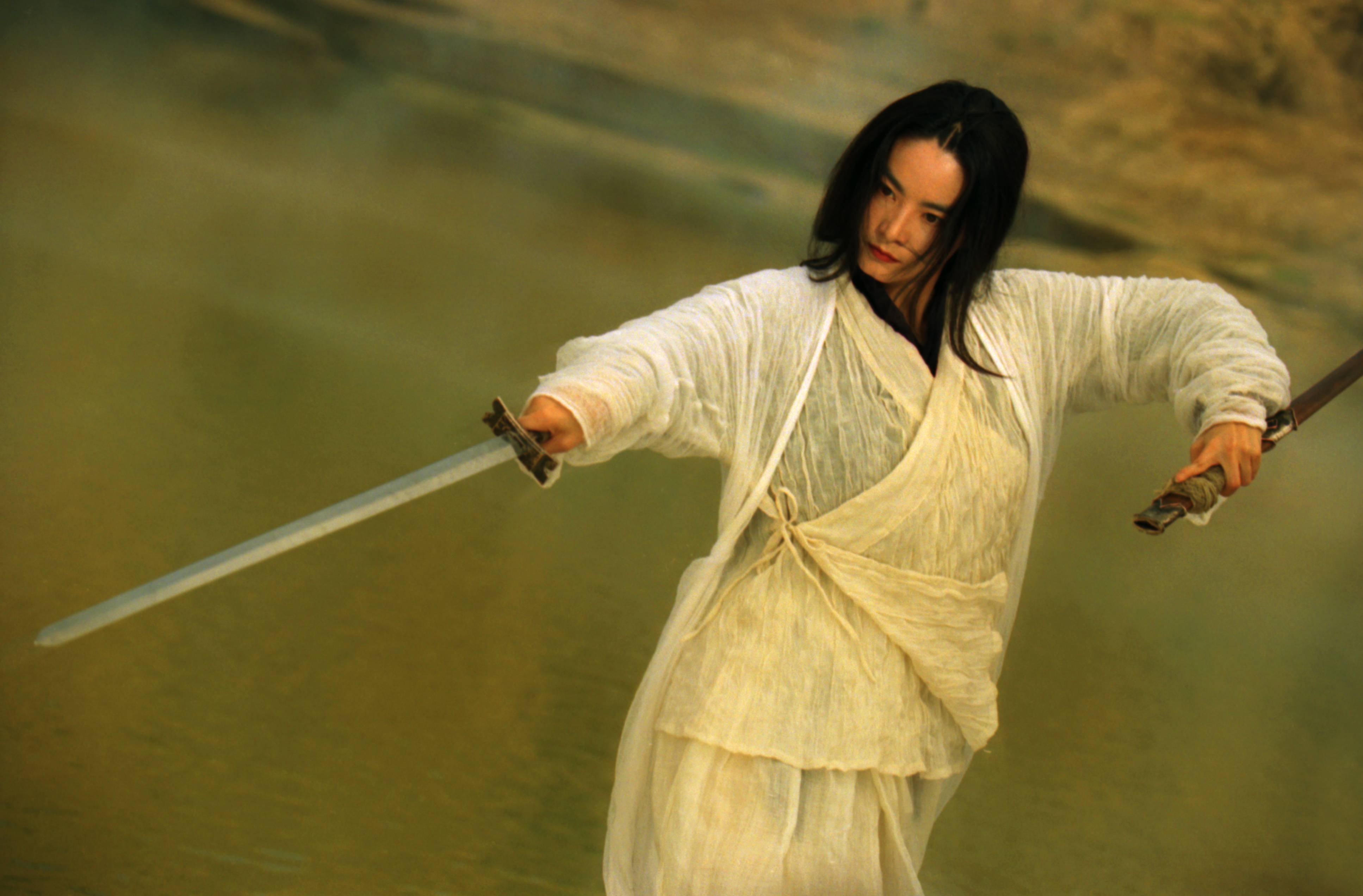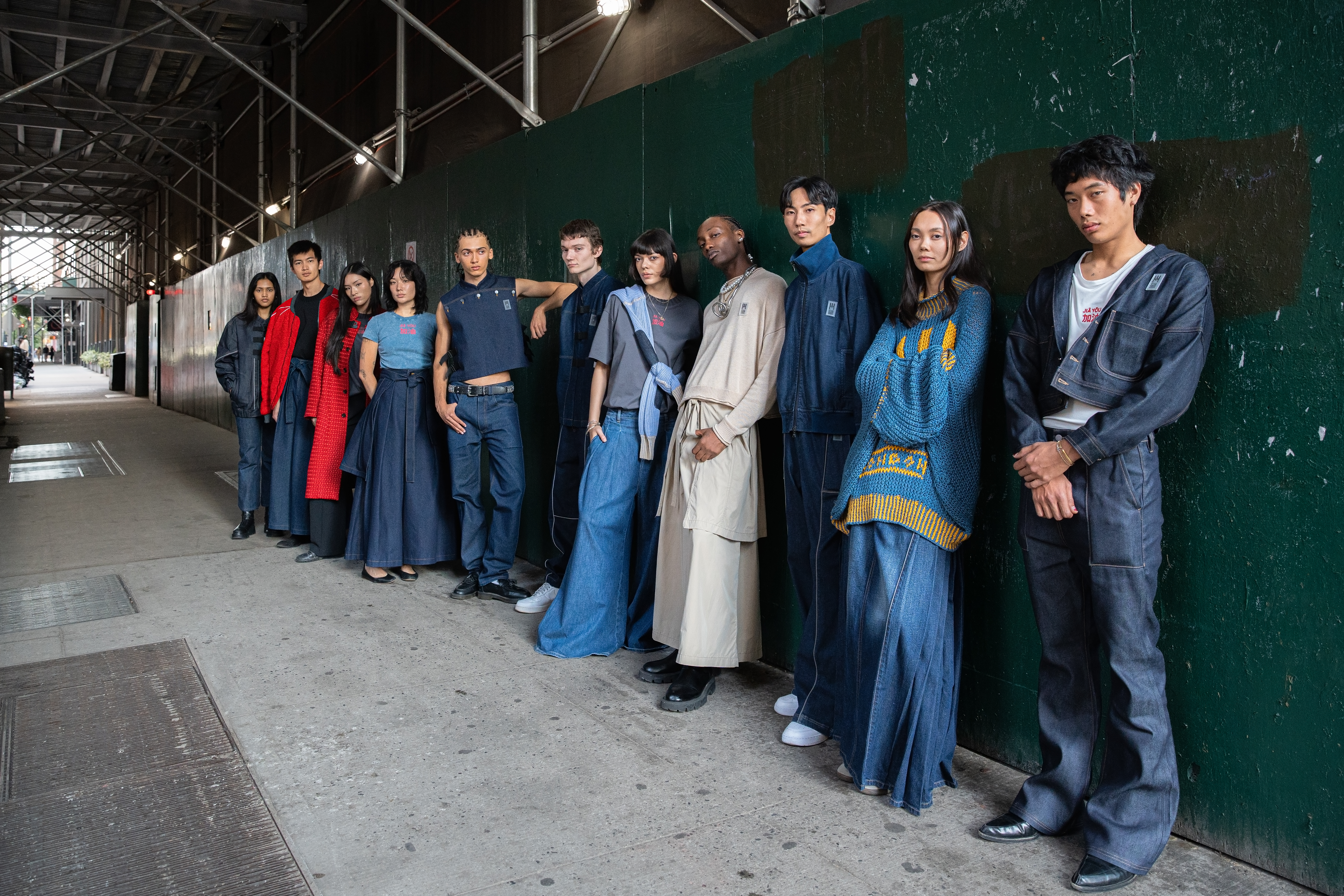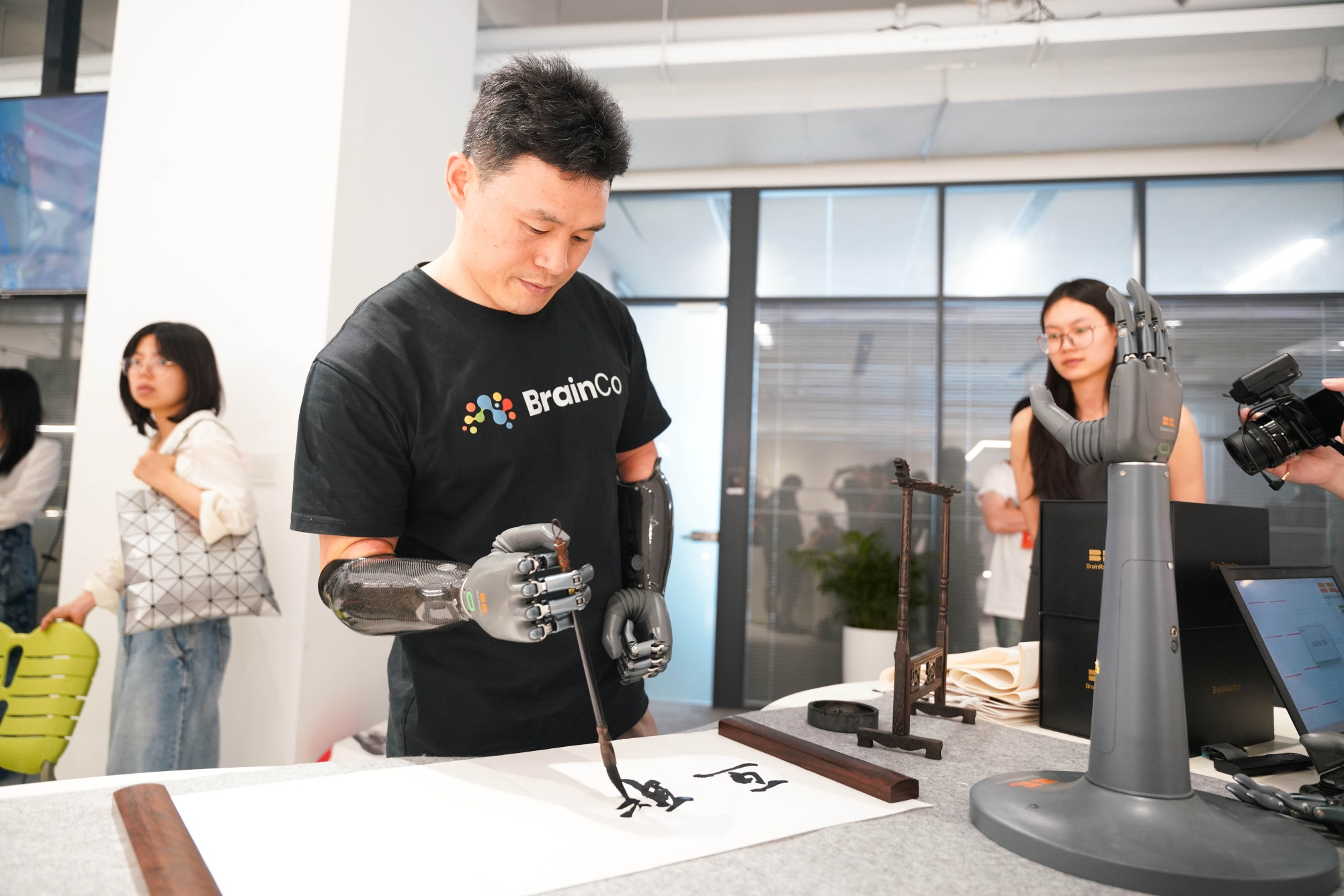As the trade war between the United States and China officially begins – Brian A. Wong writes a special commentary piece looking at the two countries’ shared history and why now, more than ever, mutual understanding is a necessity
If one were to do a casual search of news on “US-China” from recent months, it would be easy to assume that the United States and China are on the brink of a new Cold War:
“Waking up to China’s infiltration of American Colleges” – Washington Post
“Never mind Russia – the real threat to the US is China” – The Spectator
“China’s ‘dream of hegemony’ biggest threat in Asia, says US Admiral” – Telegraph
The official start of a trade war between the two nations, with Washington imposing 25% tariffs on 34 billion USD of Chinese imports, has done little to improve the headlines.
In these circumstances, to say that the world’s most consequential bilateral relationship is headed for stormy waters seems like an understatement. This may be welcomed in some quarters, but the truth is that the United States and China have much bigger battles to fight that have consequences for all of mankind: climate change, extremism, disease, refugee crises, and nuclear proliferation. And virtually all of these problems can only be solved by both of these superpowers working together.
So is China really an enemy of the US or is the US making them into one?
Despite all the present day bilateral tensions, the origins of the US-China relationship began on much more amicable terms when America, as a new nation, was first established.
One of the first American trade ships launched a year after the States’ independence in 1784 was named the “Empress of China” (pictured above) and carried 30 tons of ginseng, 2,600 animal skins, cotton, and a few barrels of pepper to China in exchange for tea and silk. Not only did this first voyage yield a hefty profit for its captain and investor syndicate, subsequent trade with China created some of the wealthiest Americans of that time.
In subsequent years there were plenty more stories of mutual respect and goodwill, reflecting how these two nations, due to trade and mutual curiosity, flourished together. With the Treaty of Paris in 1783, part of the agreement was that the US could no longer trade with the British West Indies Company, a major source of supplies from China. As a result, the opening of America’s West was driven largely by the country’s interest in finding a shorter trade route to China so that they could compete with the Europeans.
When barriers were thrown up against its people, China’s culture still found influence in the States. While the Chinese Exclusion Act of 1882 was being created to keep immigrants out of the US, New England’s fathers of Transcendentalism were reading Chinese philosophy in French and integrating many of its principles into their writings, as seen in key texts such as Henry David Thoreau’s Walden.

Anson Burlingame (image: Wikipedia)
Even after the mid-19th century Opium Wars that saw British aggression against China, there continued to be mutual respect between the American and Chinese nations due to the exceptional position forged by US diplomat Anson Burlingame, Trade Minister to the Qing Empire. Influenced by the idealism of a nation recently freed from the British colonial yoke, and spurred by pragmatic geopolitical considerations, Minister Burlingame took a unique position among the other Western powers of the time and fought for equal treatment for China as a trade partner rather than advocating for the carving up of the country into pieces by the European imperialists.
So grateful was the imperial Qing court for Burlingame’s support, that upon the Minister’s retirement in 1867, the Qing Emperor offered him an appointment as Envoy Extraordinary and Minister Plenipotentiary to negotiate trade agreements on behalf of the Chinese government.
The stories of cooperation and collaboration continue into the 20th century, when US-China alliances during World War II saw Chinese troops and American soldiers fighting together as allies against the Japanese. The famed US Flying Tigers defended China’s skies against Japanese invaders even before the US were at war with Japan following the December 1941 Japanese attack on Pearl Harbor.
Yet today, the American mainstream media do little to remind the public of the common past that China and the US shared. Instead, portraits of contemporary China are increasingly painted in simplified terms which reinforce notions of an authoritarian state, one that is opaque and does not share American values. Meanwhile, Chinese businesses are portrayed as representing a threat to America’s interests because they compete unfairly and sometimes dishonestly.
While Americans end up fearing what they don’t know or understand, the truth is that there is more in common between the US and China than we realize. We are just not focusing on these commonalities.
Part of the reason this misunderstanding exists is that Americans as a whole haven’t taken the time to really understand China. The number of Chinese students in America today is over 300,000, while the number of American students studying full-time in China is no more than 30,000. For America to understand China and prepare for its rise, it is imperative for Americans to better understand the country and its culture.
The other reason the coverage of China in the West may carry a particular slant is also due to the way the foreign media is treated in China, always under surveillance and sometimes harassed to the extent that it inevitably colors the lens by which these journalists see China.
As a third-generation American of Chinese descent who then moved to work in China for the last 20 years, I feel a close affiliation with both the United States and China. I arrived in China with certain conceptions of the culture, the country, its politics and its society. But living and working here have fundamentally changed my understanding and perceptions of China and where it is headed. Of course, China has its own societal issues to deal with and it can improve the way it projects itself to the outside world. But to effectively engage one another, citizens in both the US and China must have a fuller, more complete understanding of one another.
This is in part what led me to create RADII. This platform is independent, and it is not intended to be entirely apolitical or uncritical — there is a sense among some commentators that if you’re not constantly bashing China, you must somehow be in the pocket of the Chinese Communist Party. We’re not here to cheerlead for China, but to demystify the country and show areas of commonality first.
It may be too late to avert this trade war, but as we confront rapid changes in society and the world, it becomes all the more pertinent for people to understand each other at a fundamental level. This mutual understanding can then serve as a foundation for our politics and diplomacy. And, ultimately, it will enable us to focus on the more pressing and important issues of our generation.
Brian A. Wong is a China Fellow with the Aspen Institute, a World Economic Forum Young Global Leader and Vice President at Alibaba Group. He is also the founder of RADII, a digital media platform sharing compelling stories about today’s China. RADII operates with editorial independence.













